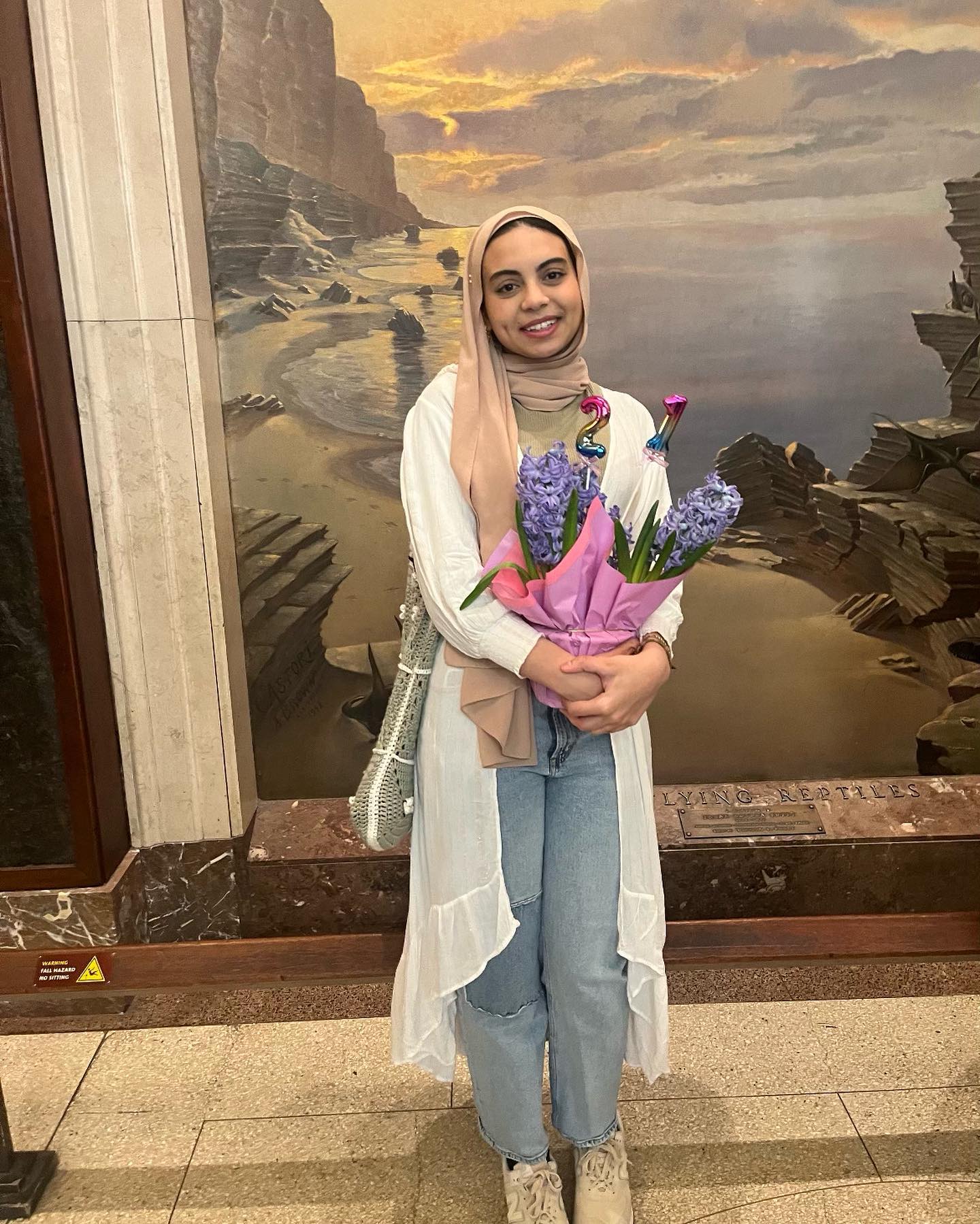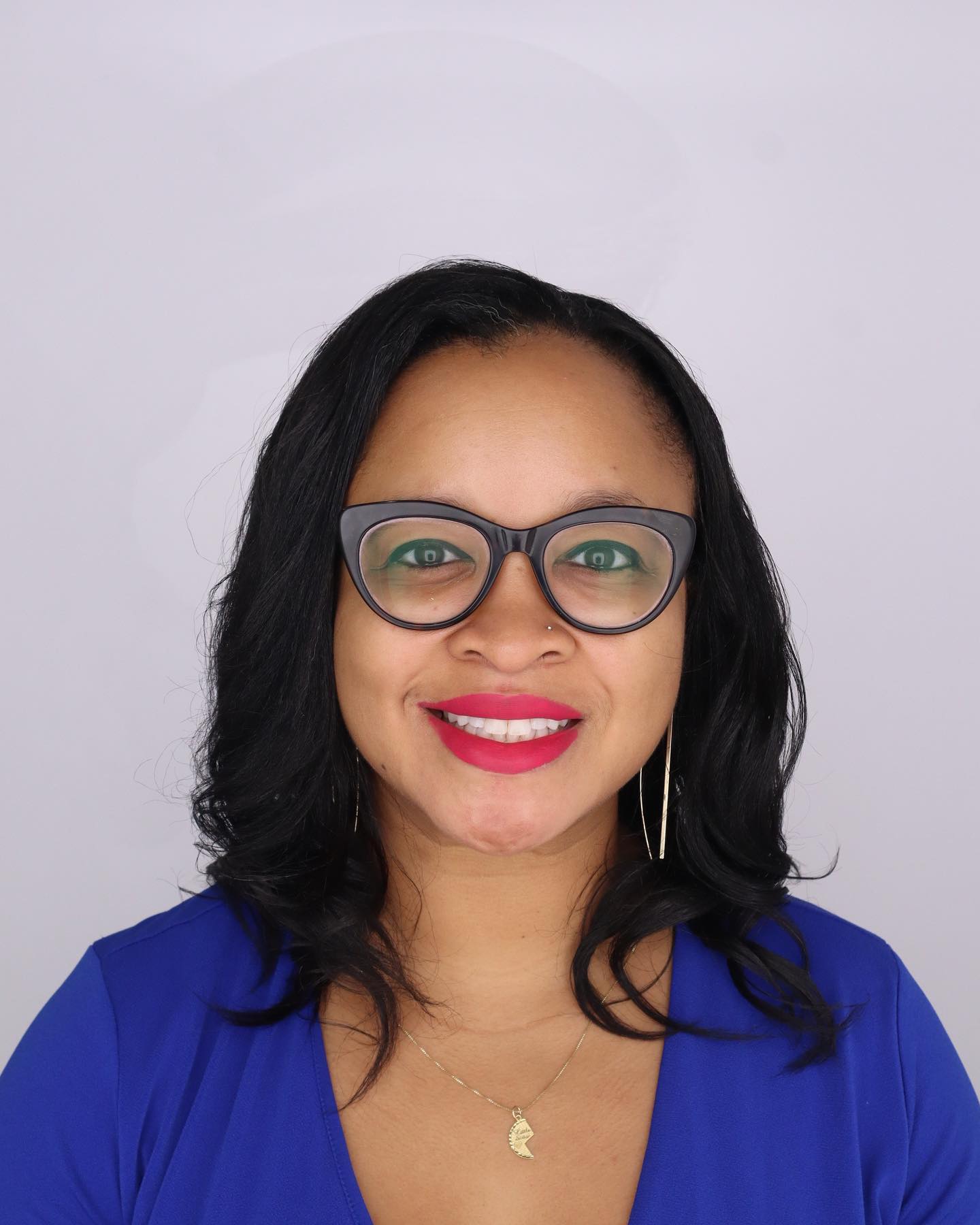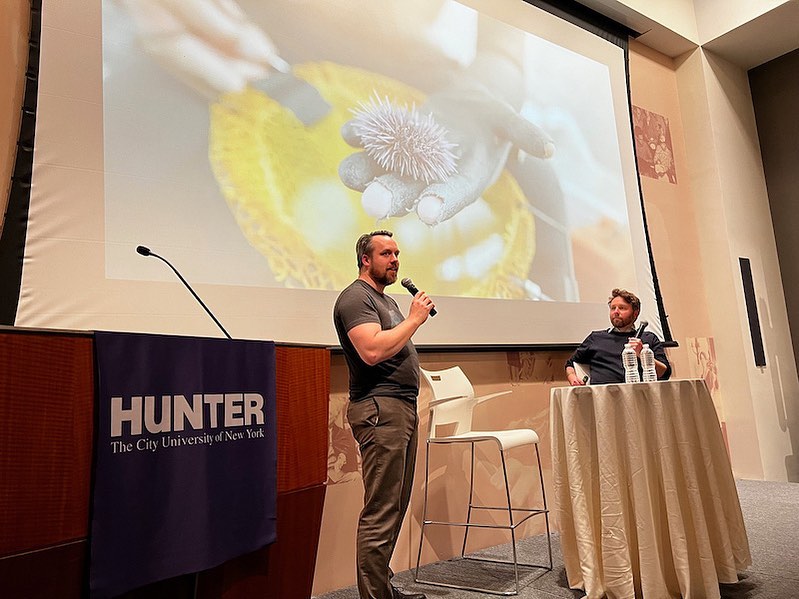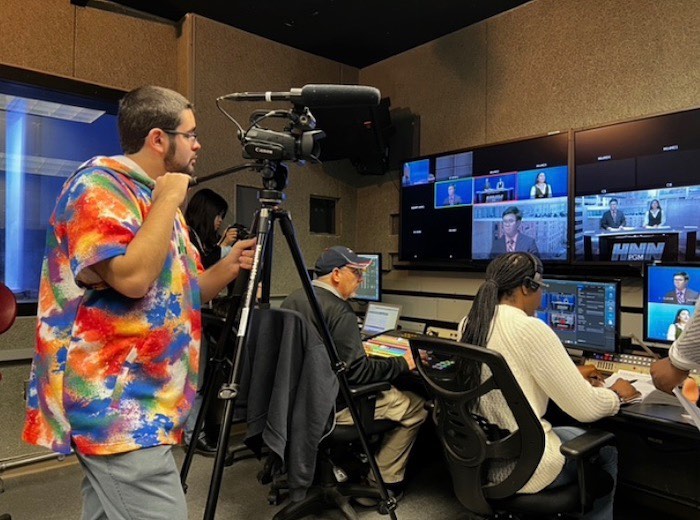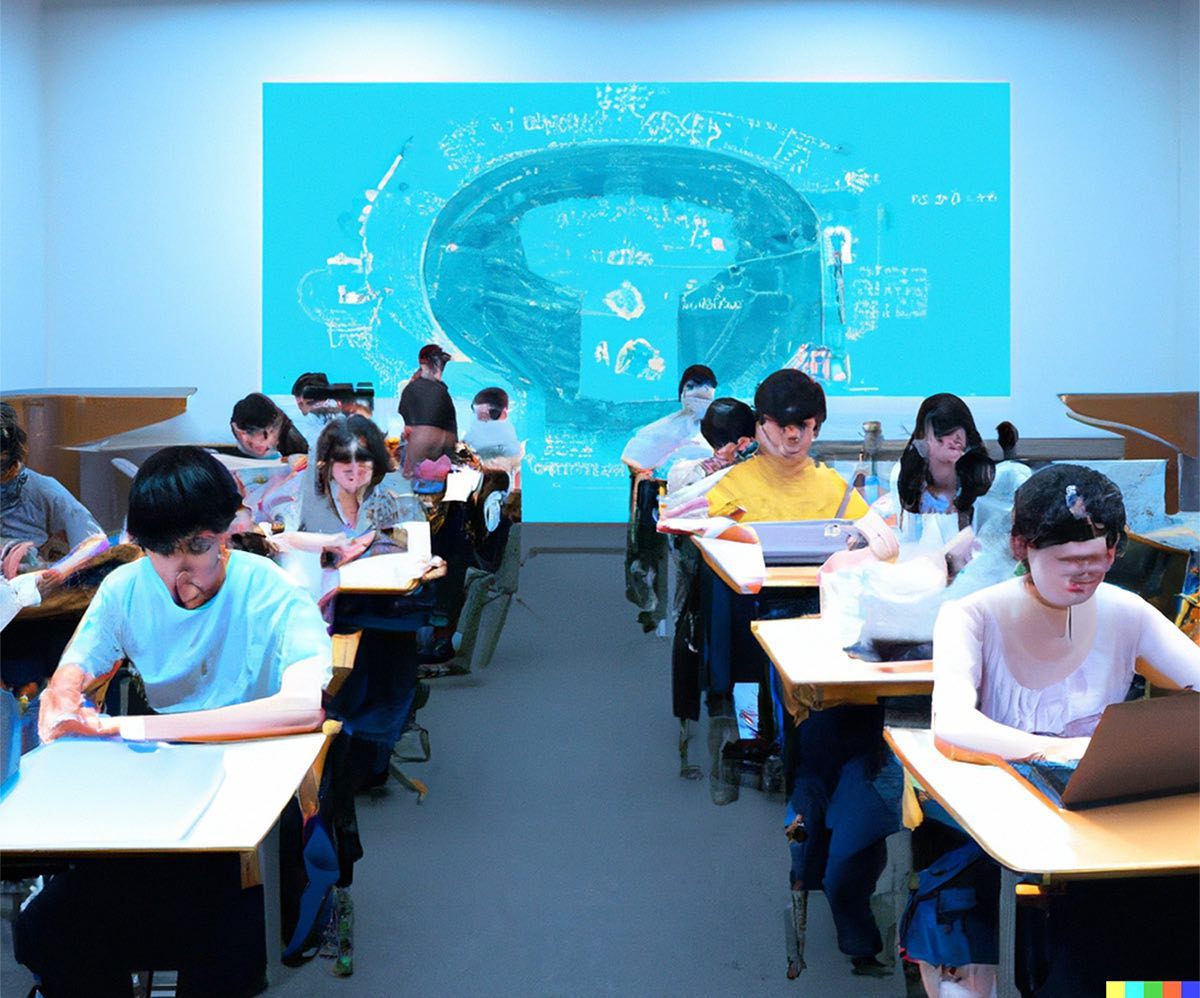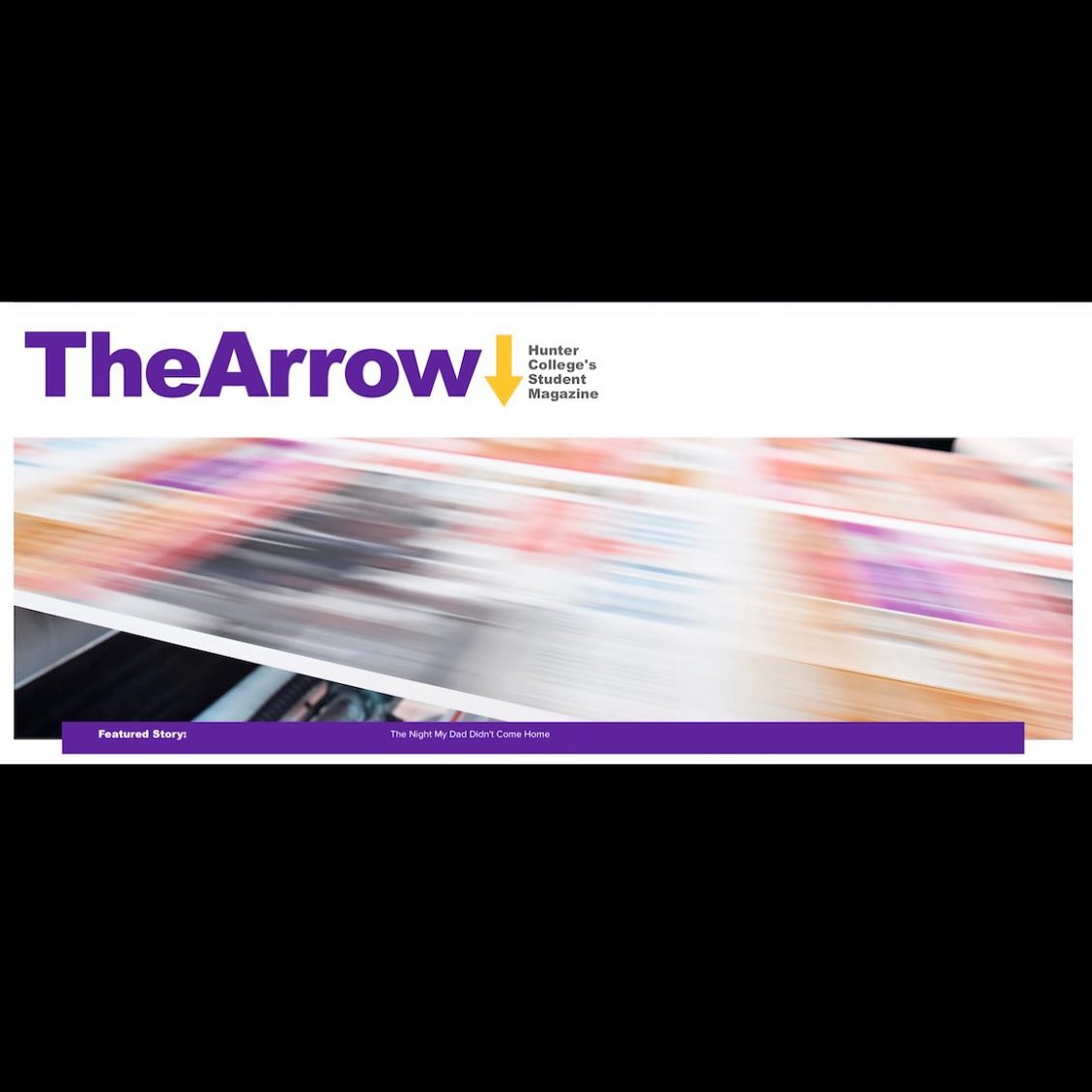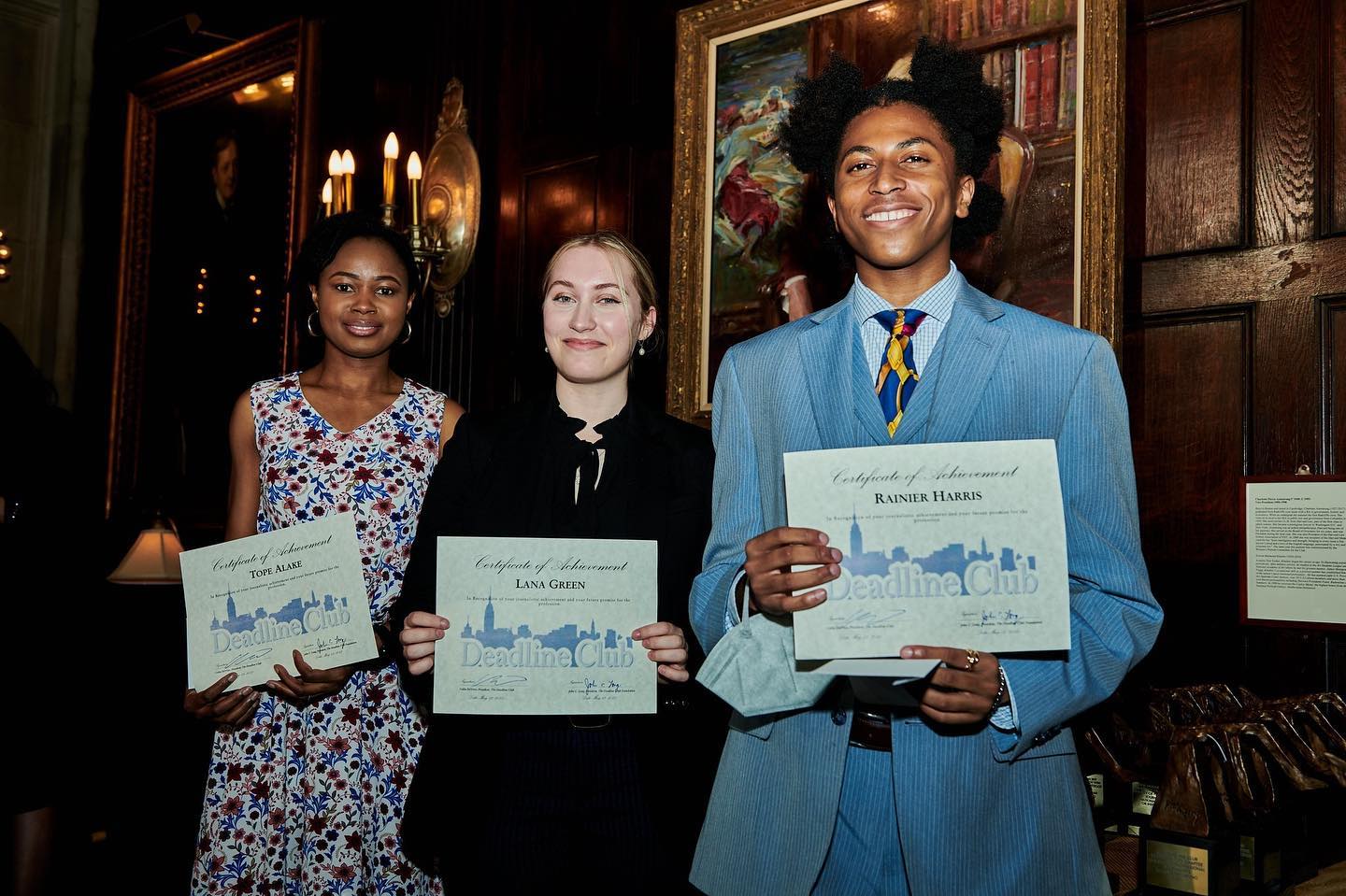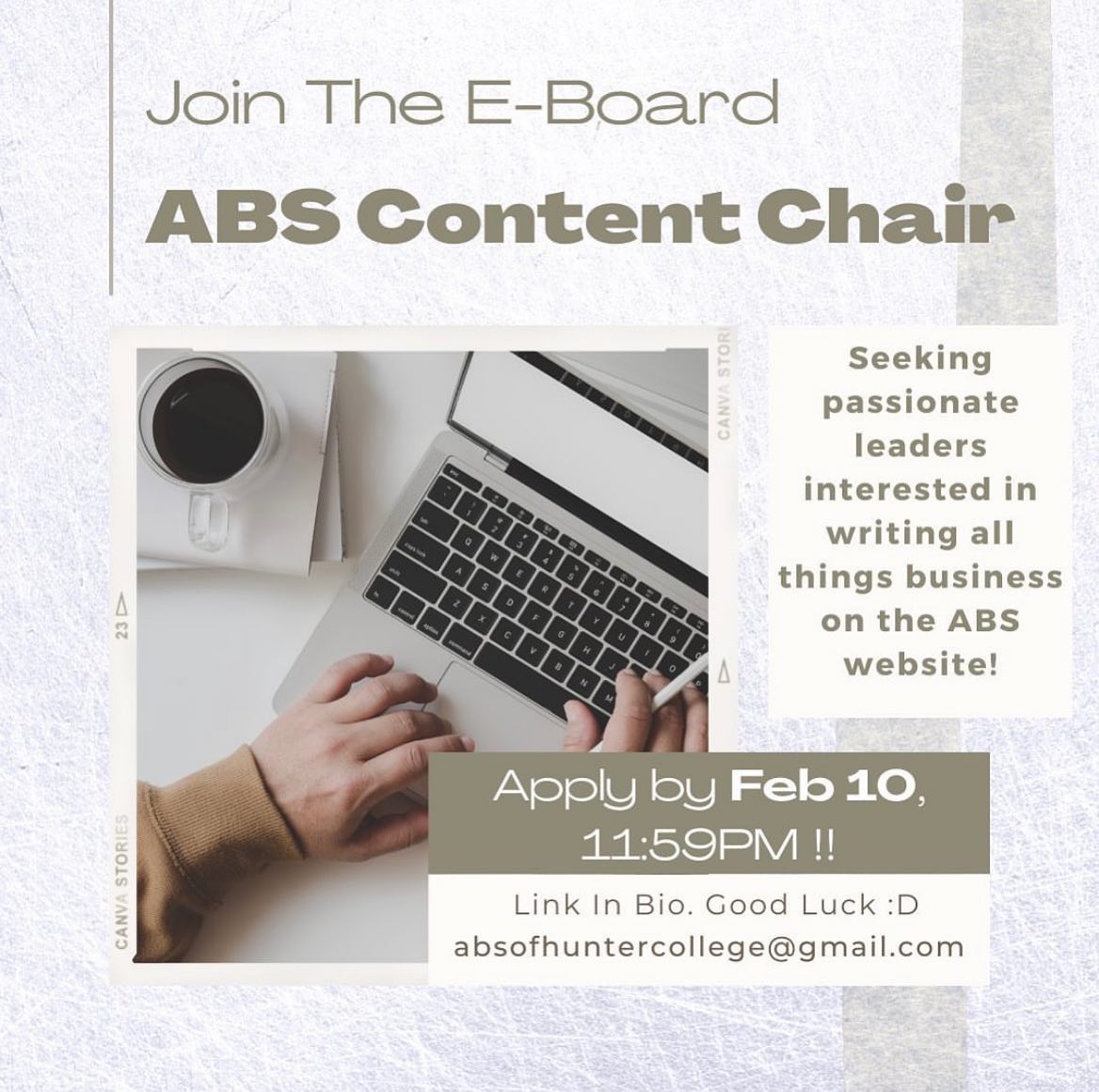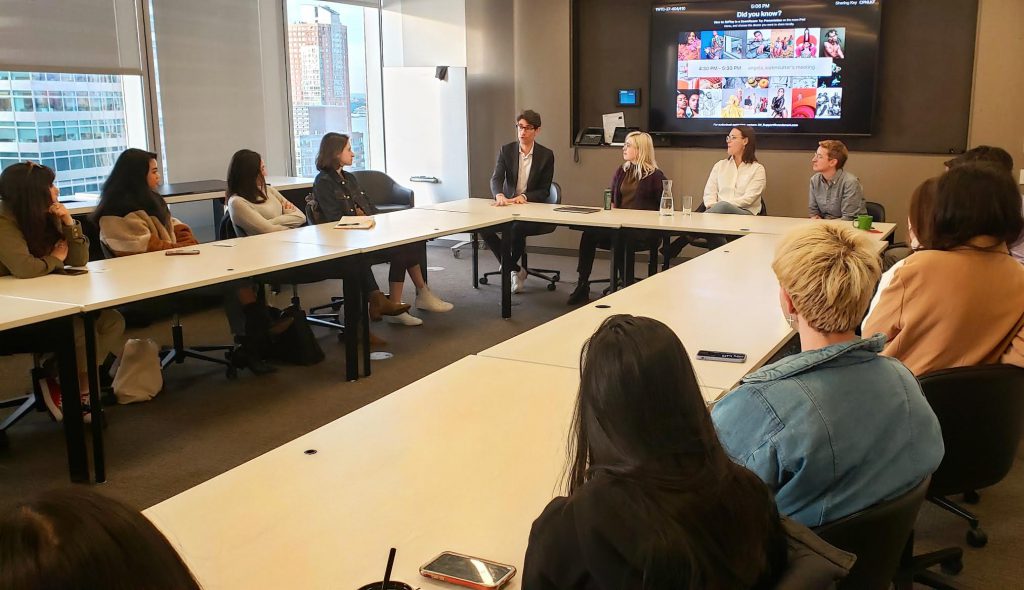
Outside of One World Trade Center on a late afternoon earlier this month, I tilted my cellphone upward to take a photo of the tallest building in the Western Hemisphere.
I was among 16 journalism students from Professor David Alm’s Magazine Writing class at Hunter College who’d gone to the iconic tower in Lower Manhattan for a meeting with editors and writers at Wired, the monthly tech magazine that launched in 1993. It has since been one of the most influential sources of tech news in the world.
My classmates and I excitedly snapped photos of the LED signage for Pitchfork and Vanity Fair, Wired’s neighbors.
After going through security in the downstairs lobby, we crammed into a gleaming elevator and moments later arrived on the 27th floor, where my classmates and I excitedly snapped photos of the LED signage for Pitchfork and Vanity Fair, Wired’s neighbors at Condé Nast headquarters.
Of the dozens of the companies that occupy the 1,776-feet-tall skyscraper, Condé Nast was the first, relocating there from its former Times Square headquarters when One World Trade first opened in 2014.
Save for the fervent chatter among my classmates, the open-plan office was nearly silent — like at many workplaces in recent weeks, a lot of Wired’s staff was working from home due to concerns about coronavirus.
Senior editor Angela Watercutter was not among them. Our host for the afternoon, Watercutter bounded into the lobby, casually dressed in jeans and a white button-down, and welcomed us to Wired with a broad, warm smile. (Condé Nast has since mandated that all employees work from home, but on the day we visited, the situation had yet to reach the dire stage we are in now.)
Watercutter led us into a large conference room where we were greeted by three other members of the Wired editorial staff. Each took turns telling us about what they do at the magazine and what led them there.
Develop a thick skin
“I took a weird, long road to get to writing,” said senior writer Kate Knibbs, who didn’t start writing professionally until she was in her late 20s, following a career in education.
Staff writer Paris Martineau, the youngest of the group we met with, said she got her first assignments through sheer tenacity: “I pitched the editor I wanted to write for six to eight times per day.”
Features editor Vera Titunik laughed when it came to her turn, saying, “It hardly matters now since it was so long ago,” but she studied history as an undergraduate at the University of Wisconsin. Titunik started in newspapers, and after many years as an editor at the New York Times Magazine, had a brief tenure as the executive editor at the New Yorker’s website before joining Wired 2 ½ years ago.
Despite their varied backgrounds, the four had similar advice for future journalists: Develop a thick skin. Titunik said to get used to the editing process because every story can get better. “Don’t be precious about any of your words,” Martineau advised. “They can be cut.”
‘Be willing to evolve‘
Knibbs told us that we should not take rejection personally. It’s a lesson that Wired’s editor-in-chief, Nicholas Thompson, can attest to as much as anyone. Taking a few minutes away from his afternoon meetings to join us in the conference room, Thompson told us about a risky email he sent to an editor at the New Yorker in the mid-2000s, who had rejected him for a job he desperately wanted.
After learning from the editor’s assistant at an industry party that he had almost been hired, Thompson said he went home and sent the editor an email at 2:00 in the morning. He told the editor that he was about to accept an offer from a competing publication, but he really wanted to work at the New Yorker. He asked if they might reconsider.
A full, tortuous day of radio silence ensued. “I spent the next 24 hours feeling pretty dumb,” he said. Then the editor wrote back, inviting Thompson to lunch and ultimately offered him the job. He eventually became the magazine’s online edition’s editor-in-chief before migrating to Wired in 2016.
Apparently, in journalism, it pays to be bold. “You have to be willing to evolve,” said Thompson.
“Get an idea of where the field is going. The profession is going to change.“
— Nicholas Thompson, Wired editor-in-chief
Thompson also spoke of the dynamic nature of journalism and the changes Wired has made in response. As a manager of business and product strategy, for instance, he pushed for a paywall that went into effect in 2018.
And while he recognizes that trying something new is not for everyone, venturing into multimedia could be a solution for the journalist who will, at some point in his or her career, get stuck.
“Get an idea of where the field is going,” Thompson advised. “The profession is going to change.”
Content from Wired is available across multiple mediums and social media platforms, including Instagram, Twitter, Snapchat and YouTube. “Should we be on Tik Tok?” he asked, half-jokingly, before darting out of the room for his next call.
Watch for the ‘throwaway lines‘
Outside the floor-to-ceiling windows, the sun was starting to set over the Hudson River, the hazy glow of a late-winter afternoon fading into darkness. It was time to wrap up our meeting, too, and we were left with a few words on how to generate ideas.
Watercutter told us to look for “throwaway lines” in the stories we read — pieces of information that may be mere details in a larger context, but could themselves lead to a whole new story.
“If something intrigues you, follow that feeling. And don’t stop.“
— Angela Watercutter, senior editor, Wired
“What’s the one thing I wanted in the story that wasn’t?” she asked rhetorically. “Maybe that’s how I want to cover it.”
Martineau suggested that to build and then strengthen a pitch, the best thing to do is to get feedback and then do it over. Echoing Titunik, she reminded us that everything can always be better. Most importantly, she said, follow your instincts.
“If something intrigues you, follow that feeling,” she said. “And don’t stop.”
Janet Hernandez is a senior at Hunter College studying media and English. She enjoys writing and live music, and hopes to pursue a career in music journalism.

